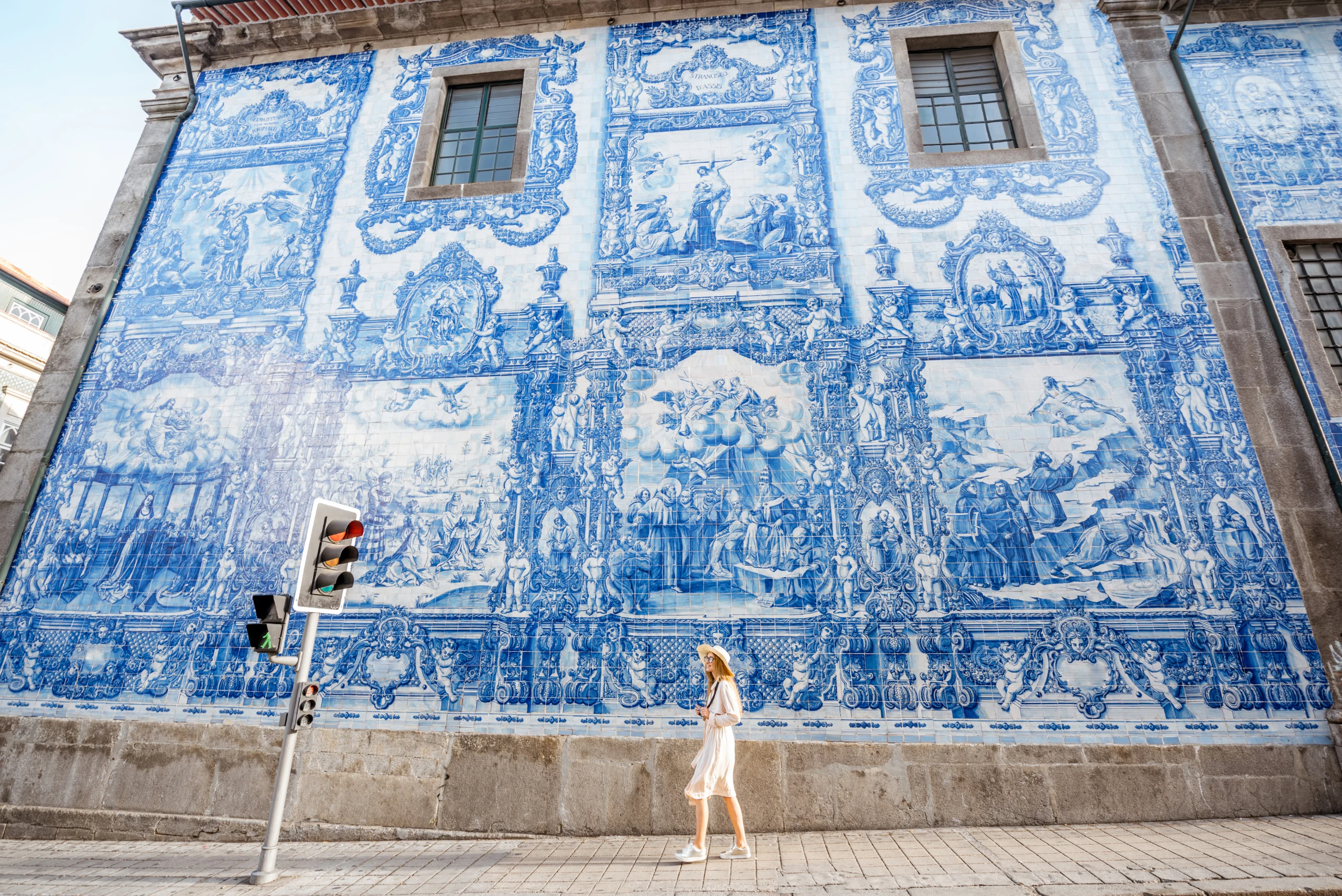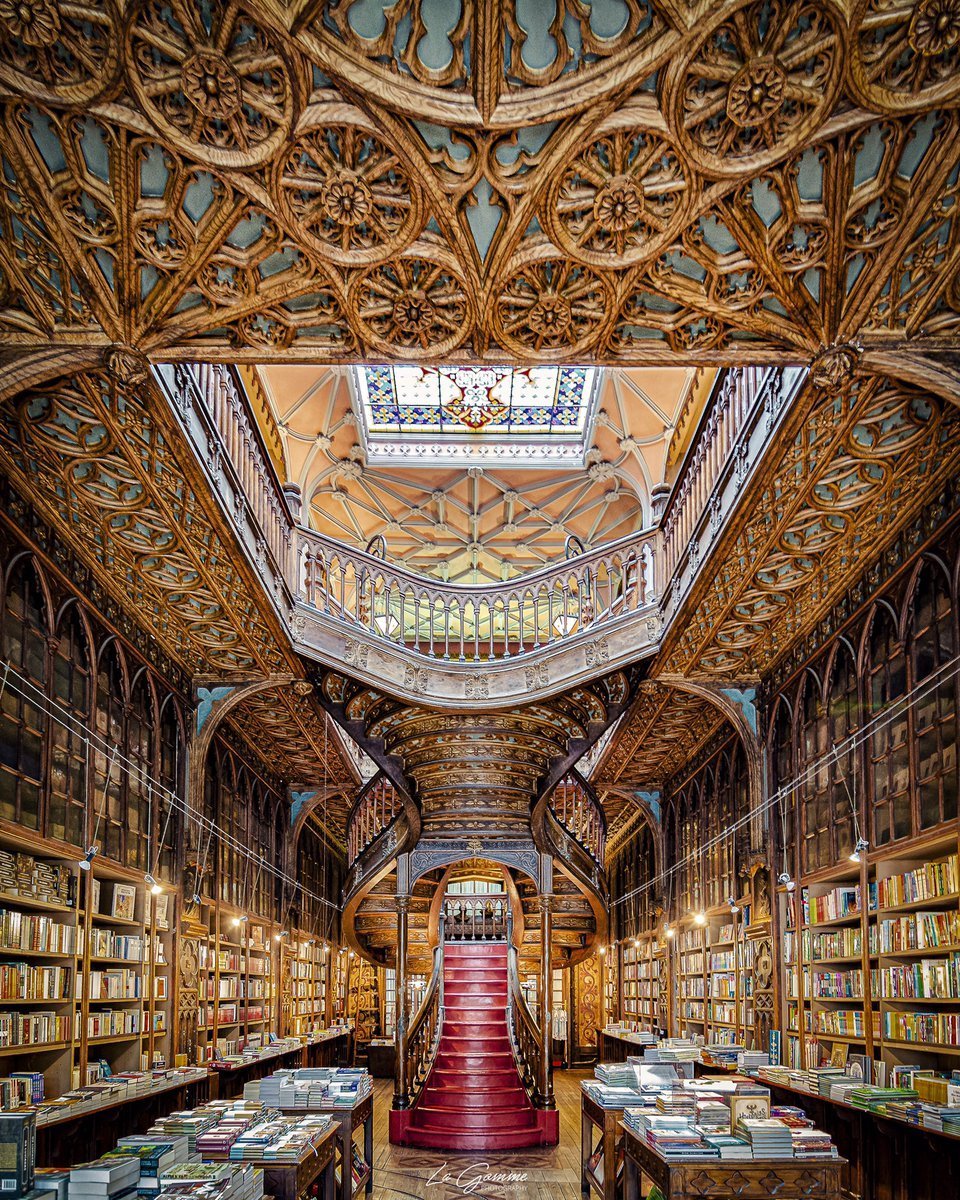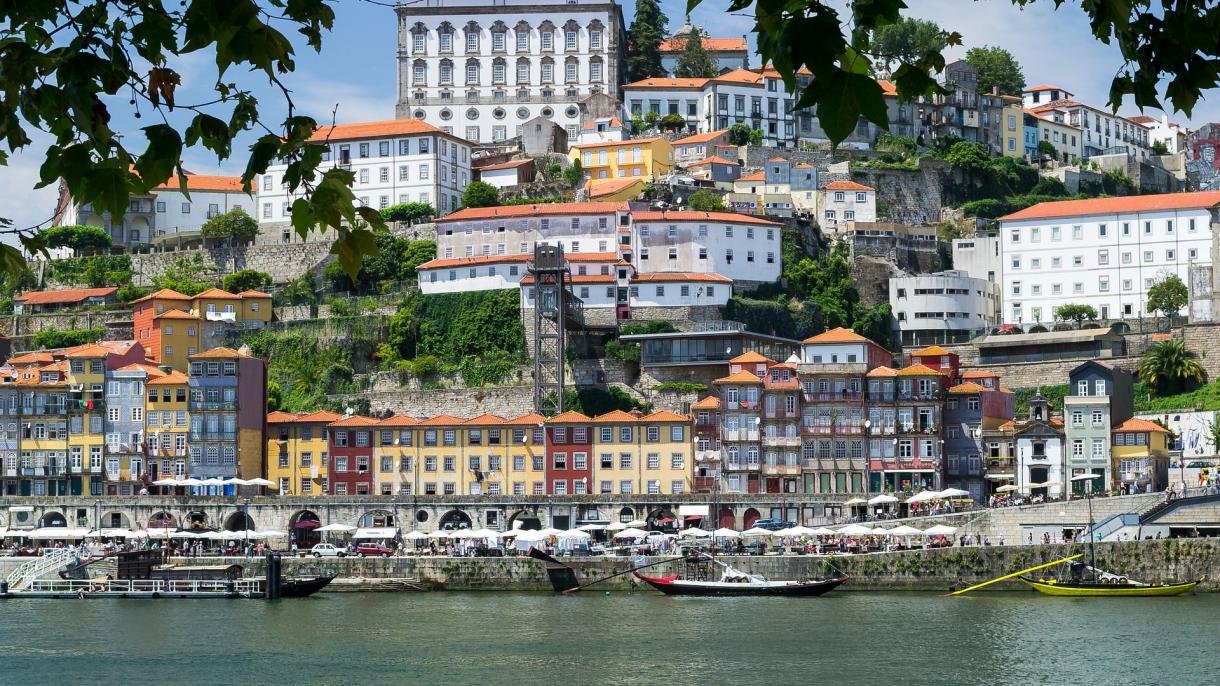Porto
Porto is Portugal’s second-largest city, located in the north of the country along the Douro River. Known for its historical architecture, strong cultural identity, and world-renowned wine, Porto offers a balanced mix of tradition and urban development. For visitors, the city provides a wide range of cultural landmarks, gastronomic experiences, and authentic local traditions worth exploring.

Porto is one of Europe’s oldest cities, with roots dating back to Roman times. Strategically located along the Douro River in northern Portugal, it has long played a central role in the country’s economic and cultural development. While historically associated with the export of Port wine, still one of its most defining industries.
The city’s historical core, a UNESCO World Heritage Site, is characterised by narrow medieval streets, baroque churches, tiled façades, and views over the river that reveal its layered history. But Porto is not just a city of the past, it is also a place where culture, gastronomy, and local identity are lived experiences. Visitors will find contemporary architecture, a growing artistic community, a thriving food scene, and a calendar full of traditional and modern events.
Porto’s atmosphere is distinct: it’s not overly polished, yet deeply authentic. It is a working city with a strong local character, where heritage is preserved but not staged. This balance makes it particularly appealing to those seeking an experience rooted in real, lived culture rather than mass tourism.
Whether you’re interested in architecture, history, food, or simply observing the rhythm of daily life along the riverbanks, Porto offers a compelling and multifaceted destination. The following guide outlines the key places to visit, activities to enjoy, where to eat, and what to know before arriving, designed for travellers who value substance, quality, and a clear sense of place.
Main Points of Interest
Ribeira District
The city’s historic riverside quarter is a UNESCO World Heritage Site. Its narrow streets, colorful buildings, and riverfront promenade are ideal for walking and sightseeing.
Clérigos Tower
One of Porto’s most iconic monuments, offering panoramic views after a climb of 225 steps.
Porto Cathedral (Sé do Porto)
A Romanesque-Gothic cathedral dating back to the 12th century, located in the upper part of the city.
Palácio da Bolsa
A 19th-century neoclassical building known for the ornate Arab Room. Guided tours are available.
Livraria Lello
Often considered one of the most beautiful bookshops in the world. Due to popularity, entry now requires a paid ticket.
Serralves Museum and Park
A contemporary art museum surrounded by a large landscaped park. One of the leading cultural institutions in Portugal.
Casa da Música
A modern concert hall offering guided tours and a wide-ranging music programme.
Religious and Historical Sites
Church of São Francisco
Notable for its baroque interior covered in gold leaf.
Igreja do Carmo and Igreja dos Carmelitas
Two churches built side by side, known for their tiled façades.
Church of Santa Clara
A lesser-known gem with an intricate gilded woodwork interior, recently restored and open to visitors.
Recommended Restaurants
Brasão Cervejaria – Known for Francesinha and craft beer.
Casa Guedes – Famous for pork sandwiches with Serra cheese.
Ode Porto Wine House – A fine-dining option in the Ribeira.
Adega São Nicolau – Traditional Portuguese food in a relaxed setting.
Cantinho do Avillez – Contemporary Portuguese cuisine from chef José Avillez.
Reservations are recommended, especially during weekends and holidays.
Festivities
São João Festival (23–24 June): The most important annual event in Porto. Streets fill with music, fireworks, and local food in a mix of pagan and Christian traditions.
Fantasporto: International film festival held in February/March, focusing on fantasy and horror genres.
Queima das Fitas (May): University students’ week of festivities, with parades and concerts.
Christmas Markets (December): Spread throughout the city, particularly in Avenida dos Aliados and Jardim da Cordoaria.
Useful Tips
Transport: Porto has a metro system, buses, and trams. The Andante card can be used across different transport types.
Walking: The city is hilly, so comfortable shoes are essential. Some areas, especially the historical centre, are better explored on foot.
Weather: Porto has a mild climate. Winters are rainy, while summers are usually dry and sunny, but rarely extremely hot.
Language: Portuguese is the official language. English is widely understood in tourist areas.
Safety: Generally safe, though pickpocketing can occur in crowded spots.
If you plan to stay more than a few days, exploring nearby cities like Braga, Guimarães or the Douro Valley is also worthwhile.






